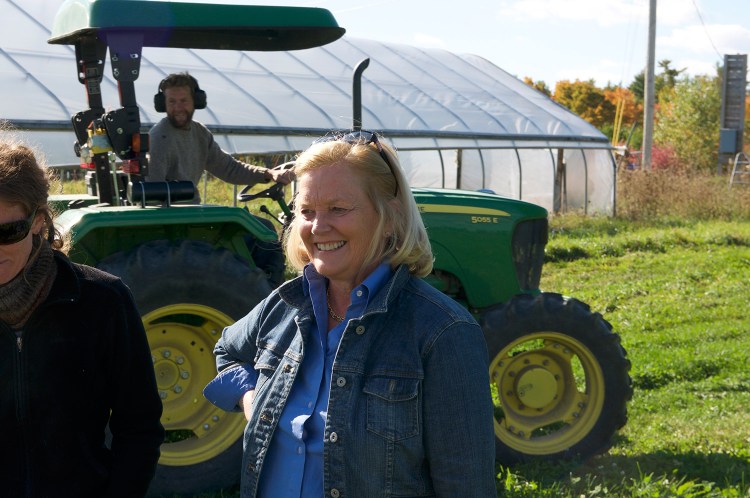Before analyzing the proposed Green New Deal, it’s worth taking a look at the old New Deal, and remember what it was and – especially – what it was not.
Franklin D. Roosevelt’s response to the Great Depression was neither a bill nor a program. It was a slogan coined in his 1932 convention speech in which he promised government action to put the economy back on track. Nine months later, at his inauguration, Roosevelt fleshed out his promise.
What’s known to history as the New Deal included some ideas that worked, some that failed and others that were struck down by the Supreme Court before the experiment’s results were known. Economists and historians debate which programs had what effect, but what’s beyond dispute is the legacy of the New Deal: an economic safety net, exemplified by Social Security; regulation of the financial system through agencies such as the Securities and Exchange Commission, and an enduring bipartisan consensus that the federal government has a role in managing the economy.
Now let’s look at the Green New Deal. It, too, is more of a slogan than a program. But the outline of the plan, put forward in a House resolution last week, suggests a way for the country to do something about manmade climate change, caused by burning fossil fuels. It takes seriously the warnings from a nearly unanimous scientific community, and proposes a response that’s big enough to confront the kinds of catastrophes that have been predicted. So far, it’s the only proposal on the table.
As proposed in the resolution, the Green New Deal has three major components.
The first is massive investment in infrastructure that would enable a shift from burning fossil fuels to generating energy from renewable sources, and allow communities to prepare for the consequences of severe storms and sea-level rise, which are, at this point, inevitable.
The second part looks out for the workforce that would be needed for this transition, making sure that people whose jobs are threatened by a retreat from coal and oil have a place in the new economy. Like the first New Deal, the focus would be on employment.
And finally, its backers propose overhauling transportation, making zero-emissions vehicles, public transportation and high-speed rail affordable to average people.
The resolution calls for a 10-year “mobilization,” but the kind of goals proposed would probably take decades to complete – if there is the political will now to head down this path.
Much of the immediate criticism was aimed at the resolution’s sponsor, Rep. Alexandria Ocasio-Cortez, D-N.Y., and a sloppily written “Frequently Asked Questions” document released by her office that attracted more attention than it deserved.
Ocasio-Cortez is a favorite target of right-wing pundits, and a charismatic leader for a generation of progressives. But the Green New Deal is not a referendum on one congresswoman. The resolution has 67 co-sponsors in the House, including Maine Rep. Chellie Pingree, and has been adopted by a number of Democratic presidential candidates.
The need for such a plan has been obvious for some time. Ninety-one of the world’s leading climate scientists, who advise the U.N.’s Intergovernmental Panel on Climate Change, warned last year that we would have to cut our greenhouse-gas emissions in half over the next decade or face a global crisis in the next 25 years.
Our own government’s National Climate Assessment, produced by 13 federal departments and agencies last November, said that global warming “is transforming where and how we live and presents growing challenges to human health and quality of life, the economy, and the natural systems that support us.”
The Green New Deal is a response to this looming crisis. If anybody has a better idea, they should speak up now.
Send questions/comments to the editors.


